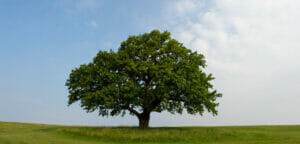
Farewell from under the Oak Tree
After 35 years writing for The Teaching Professor, Maryellen Weimer signs off with her final column.

After 35 years writing for The Teaching Professor, Maryellen Weimer signs off with her final column.

Most teaching careers last for years; for many of us, a lifetime. With noses to the grindstone, we don’t usually take stock of where we are in light of where we’ve been. We know that we aren’t teaching as we did in the beginning. The

I’ve been thinking here lately about that long mid-career stretch where there is no clearly defined beginning or ending. You’re no longer a new faculty member, but aren’t yet an old one. From a pedagogical perspective, what makes that time window unique? In a recent